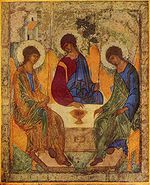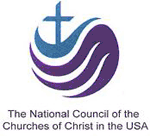Introduction
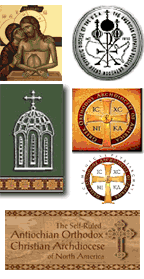
Founded in 1960, the Standing Conference of the Canonical Orthodox Bishops in the Americas (SCOBA), brings together the canonical hierarchs of Orthodox jurisdictions in the Americas.
The purpose of the Standing Conference is to create and foster ties of unity among the canonical Orthodox Churches and administrations for a stronger and more visible witness to the Orthodox Faith. The hierarchs meet semi-annually for discussion and decisions on inter-Orthodox and ecumenical matters, to review the work of its commissions and dialogues, and to plan future events.
Continue reading “The Standing Conference of the Canonical Orthodox Bishops in the Americas (SCOBA)”
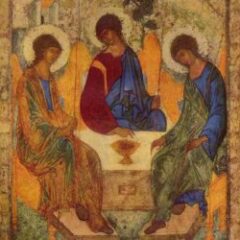
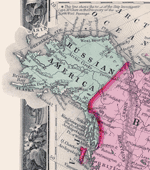
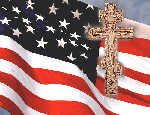
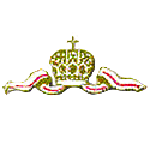 The first missionaries traveled with the explorers Vitus Bering and Alexei Chirikov, who formally claimed Alaska and the Aleutian Islands in 1741. For the next fifty years, together with the exploration and economic development of this new outpost of the Russian Empire, the first attempts were made to bring the Orthodox Faith to the natives of that region (the Aleuts, the Athabascan Indians, the Tlingits, and the Eskimos). The first formal Orthodox Christian Mission to America arrived on September 24, 1794, in Kodiak.
The first missionaries traveled with the explorers Vitus Bering and Alexei Chirikov, who formally claimed Alaska and the Aleutian Islands in 1741. For the next fifty years, together with the exploration and economic development of this new outpost of the Russian Empire, the first attempts were made to bring the Orthodox Faith to the natives of that region (the Aleuts, the Athabascan Indians, the Tlingits, and the Eskimos). The first formal Orthodox Christian Mission to America arrived on September 24, 1794, in Kodiak.